Please note: As we continue to learn more about COVID-19, the information in this article may change. You can find our most up-to-date information about coronavirus here.
While it may feel like COVID-19 has been in our lives for a long time, we have only known about it for almost a year now. There are many things we are still learning about the virus, but there are a few key principles that we know can help prevent infection. And if you or someone in your family becomes sick with COVID-19, there are key steps you can take to help prevent it from spreading within your home or community.
Limit contact
COVID-19 spreads between people who are in close contact (within six feet) through respiratory droplets, created when someone talks, coughs or sneezes. Staying away from others helps stop the spread of COVID-19.
Caregivers, when possible, should not be anyone who has other medical problems that put them at higher risk for severe illness from COVID-19.
Remember to keep your distance. The person who is sick should isolate and separate from others at home as much as possible. For example, the person who is sick should use a separate bedroom and bathroom and should also make sure to stay six feet away from other family members.
When it comes to shared spaces, make sure the room has good air flow. You can, for example, open the window to increase air circulation. Just be sure to keep an eye on your little ones if you keep windows open. Try avoiding having visitors and make sure caregivers and close contacts quarantine.
Avoid sharing personal items
Don’t share kitchen items (dishes, cups/glasses, silverware, etc.), bathroom items, bedroom items and other household items, like electronics.
When to wear a mask or gloves at home
The person who is sick should wear a mask around other people at home, outdoors and indoors, such as the doctor’s office, to protect others. Masks should not be placed on children younger than two, anyone who has breathing difficulties or anyone unable to remove a face covering without assistance.
Caregivers should wear a mask around the person who is sick. Be sure to ask the person who is sick to put on their mask before entering the room. Wear gloves if having contact with the sick person’s blood, stool or bodily fluids (such as saliva, mucus, vomit or urine). Once you’re done, be sure to throw out gloves in a lined trash can and wash your hands immediately.
Handwashing
Handwashing is very important, especially after you or any family member has had recent contact with a person who is sick with COVID-19. Promote frequent handwashing with soap and water or with hand sanitizer that has at least 60% alcohol. Also remember to avoid touching your eyes, nose and mouth until after you washed your hands!
Cleaning surfaces
Maintaining your house clean and disinfected is very important to prevent the spread of the infection. If you notice a dirty surface or object, it should be cleaned first with soap and water, and then be disinfected. Most commercial household disinfectants should be effective, but make sure you follow the instructions on the label to guarantee a safe and effective result. High touched surfaces (like doorknobs, light switches, electronics, tables, faucets, etc.) should be cleaned and disinfected every day.
Laundry
When dealing with dirty laundry, there are important precautions to consider. You should wear gloves to place clothes in the washing machine and avoid shaking the container or clothes. It is adequate to wash and dry the clothes of the person who is sick with the rest of the laundry, always following the manufacturer’s instructions and trying to use the warmest possible settings. The hampers used should be disinfected and remember, handwashing is essential after each step.
Monitoring yourself and loved ones
Keep a close eye on your health and the health of those around you! If you are caring for someone with COVID-19, it is recommended that you stay at home and monitor yourself for symptoms (fever, cough and shortness of breath). The CDC has useful resources to help you know when to seek testing or medical care.
Follow guidance on when it’s safe to leave home isolation
There are instructions on when it is appropriate to leave the household that have been recommended by the CDC. Whether that’s 14 days since the last time you had contact with the person who was sick or 14 days since the person you were taking care of met criteria to end home isolation.
We are facing new challenges every day to keep our loved ones and communities safe. These are some of the most basic best practices and steps you can take to do just that. Continue to educate yourself and your family about ways to stay healthy!
 https://riseandshine.childrensnational.org/wp-content/uploads/2020/11/person-being-vaccinated-feature.png
300
400
Rise and Shine
https://riseandshine.childrensnational.org/wp-content/uploads/2017/11/childrens_riseandshine_logo.jpg
Rise and Shine2025-11-03 07:00:242025-11-03 12:18:05Answers to your questions about the COVID-19 vaccine and booster for children
https://riseandshine.childrensnational.org/wp-content/uploads/2020/11/person-being-vaccinated-feature.png
300
400
Rise and Shine
https://riseandshine.childrensnational.org/wp-content/uploads/2017/11/childrens_riseandshine_logo.jpg
Rise and Shine2025-11-03 07:00:242025-11-03 12:18:05Answers to your questions about the COVID-19 vaccine and booster for children


 Jency Daniel, MD, is a board-certified pediatrician and is currently training as first-year infectious diseases fellow at Children's National Hospital.
Jency Daniel, MD, is a board-certified pediatrician and is currently training as first-year infectious diseases fellow at Children's National Hospital.
 Maria Susana Rueda Altez, MD, is a board-certified pediatrician and is currently training as first-year infectious diseases fellow at Children's National Hospital.
Maria Susana Rueda Altez, MD, is a board-certified pediatrician and is currently training as first-year infectious diseases fellow at Children's National Hospital.

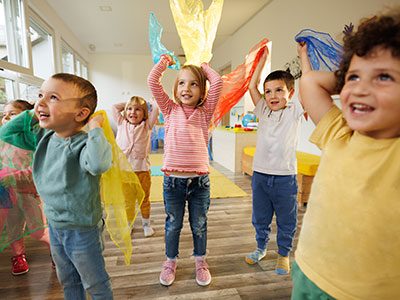



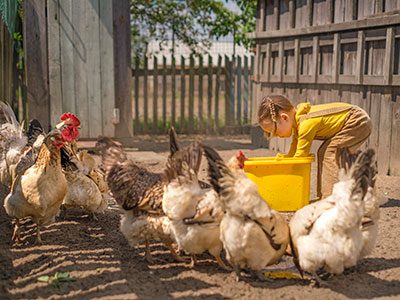
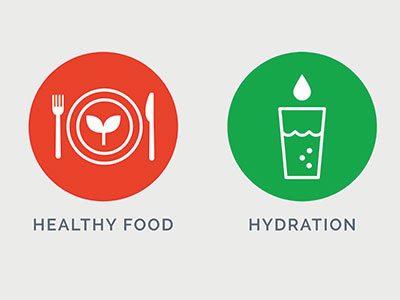
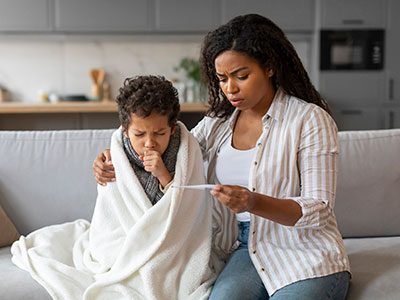
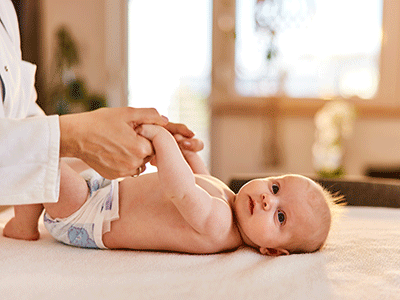


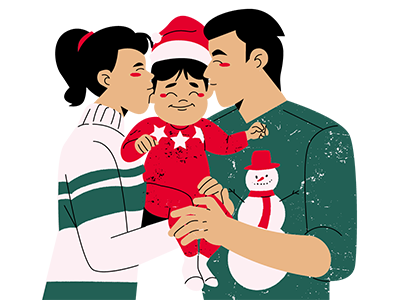

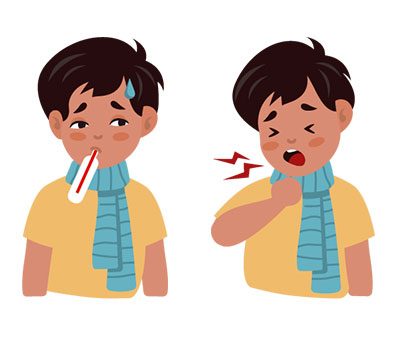
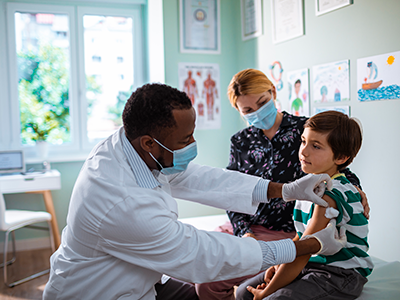
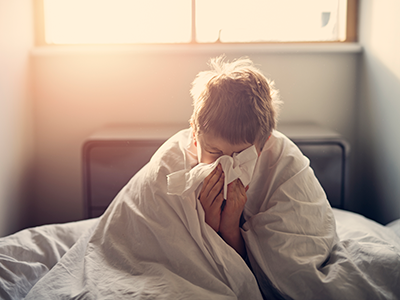
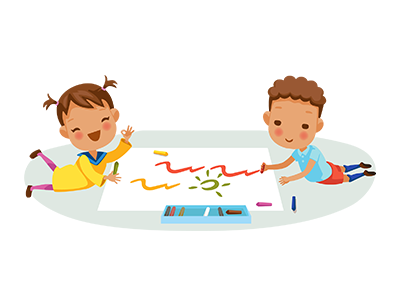
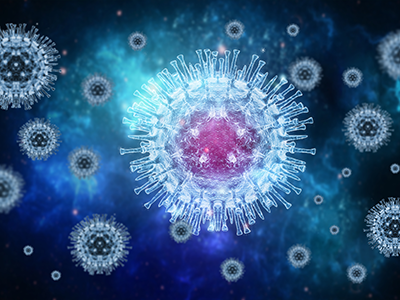
Leave a Comment
Want to join the discussion?Feel free to contribute!